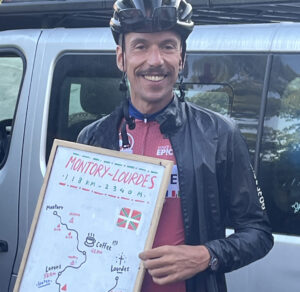Sultans Trail Overview – Vienna to Istanbul Cycling Tour
Embark on a transformative journey tracing the footsteps of Sultan Suleiman along the Sultan’s Trail. This historic route winds through seven countries, shaped by diverse civilisations, offering a tapestry of history, nature, and culture. Delve into ancient cities, traverse majestic landscapes, and immerse yourself in the vibrant tapestry of cultures along the way.
The tour can be taken on as an individual stage – Vienna to Belgrade (16 days) or Belgrade to Istanbul (16 days). Or as a single Epic from Vienna to Istanbul (31 days). Will you join us on this unforgettable journey?
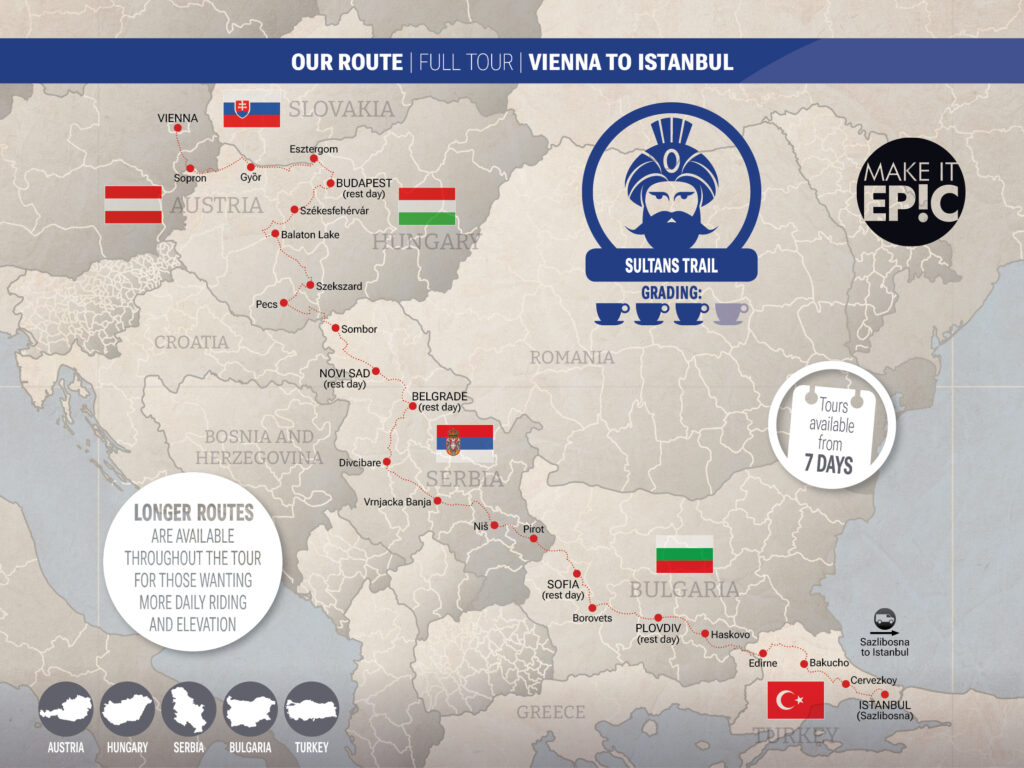
From bustling markets to tranquil countryside, each step unveils new surprises and insights. Completing the Sultan’s Trail not only fills your passport with stamps but also earns you the prestigious Ferman Register certificate, symbolising your accomplishment in traversing this remarkable path. Prepare for an unforgettable cultural adventure, where every mile is infused with the legacy of empires and the spirit of exploration. Join us as we journey through time and space, discovering the endless variety and richness of the Sultan’s Trail.
We’ve worked with the founders of the Sultan’s Trail Foundation to create a cycling tour that honours the essence of the hiking route it is based on. They envisioned the route as a symbol of peace, cultural exchange, and shared history between Europe and the Ottoman world and that served as our remit when designing this tour.
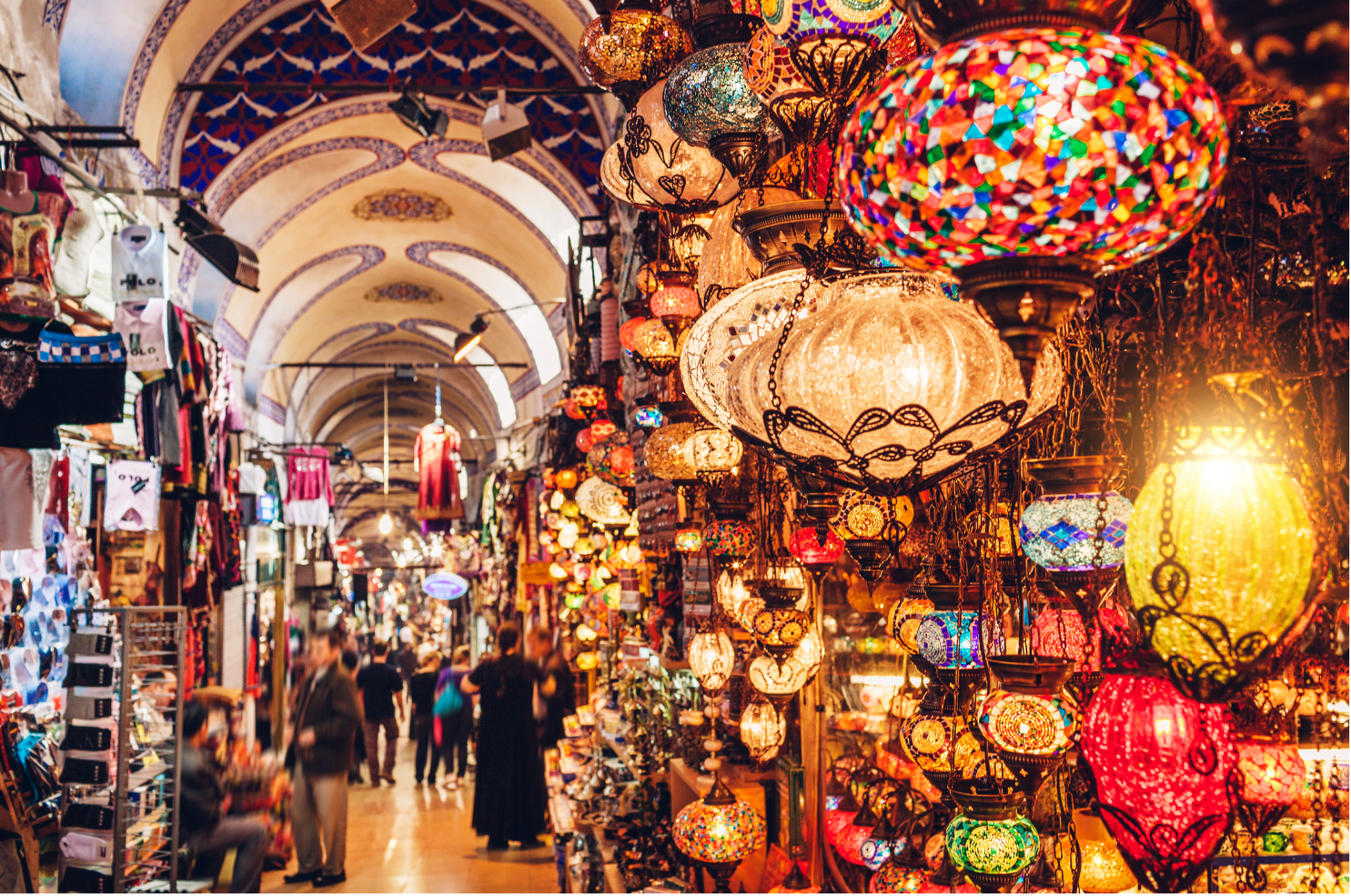
Team Members on this Tour
Sultans Trail Highlights – Vienna to Istanbul Cycling Tour
The Sultan’s Trail follows historical routes once traversed by Ottoman Sultan Suleiman the Magnificent. This trail, spanning diverse landscapes and cultures across Central Europe and the Balkans, holds significant historical and cultural importance. It not only commemorates Sultan Suleiman’s legacy but also promotes cultural exchange, fostering understanding and unity among the countries along its route while celebrating their shared heritage.
– Ride through 7 countries, from the West to the East and feel the traces that the many different civilisations left on this route.
– Relax and recharge in the famous thermal baths and spas in Budapest, the City of Spas.
– Enjoy the beautiful wine areas between Novi Sad and Belgrade in Serbia.
– Climb the beautiful Serbian mountains and find the Monastery Manasija, with its immense walls and towers.
– Get mesmerised by the magnificent landscapes of and around Stara Planina.
– Have a taste of Rakija, but be careful with this high-in alcohol fruit spirit that’s rich!
– Explore the Bulgarian city of Plovdiv, the European Capital of Culture, in 2019 and one of the oldest cities in Europe.
– Find good coffee around almost every corner in Bulgaria.
– Admire the work of architect Koca Mimar Sinan Aga in Edirne (the previous capital of the Ottoman Empire), his personal playground and the Süleymaniye mosque in Istanbul.
– Get surprised by the outstanding Ottoman hospitality.
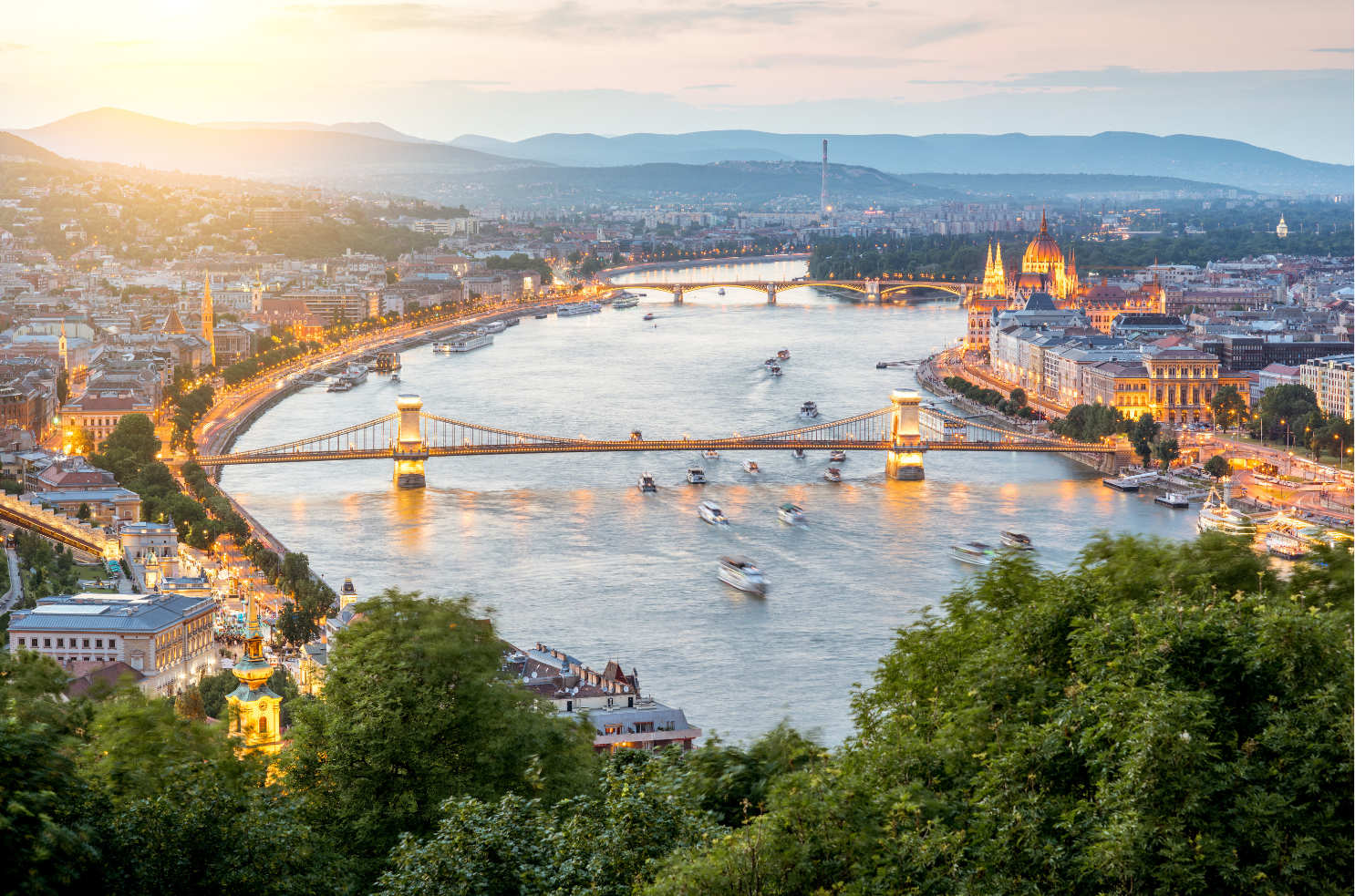
Sultans Trail Dates – Vienna to Istanbul Cycling Tour 2027
| Stage | Start Date | End Date | Days | Cost (Euros) |
|---|---|---|---|---|
| Sultans Trail Epic – Vienna to Istanbul | TBC | TBC | 31 (30 nights) | TBC |
| Stage 1 – Vienna to Belgrade | TBC | TBC | 16 (15 nights) | TBC |
| Stage 2 – Belgrade to Istanbul | TBC | TBC | 16 (15 nights) | TBC |
What’s Included?
>Accommodation in our carefully selected hotels
>Meals – hotel breakfasts, snacks en route and pre/post-ride nutrition, lunches including the famed Ride and Seek picnics, multi-course group dinners with a focus on the local cuisine.*NB we include occasional independent lunches & dinners to break up the week
>Ride and Seek kit
>Kit laundry service once a week
>Garmin 1030 use with all routes preloaded
>Ride with GPS Experience
>MVCC water bottle
>Passionate, experienced and knowledgeable guides are always on hand to help
Not Included
>Alcoholic beverages
>Bike hire
>Single supplement – Our prices are based on twin/double occupancy. If you wish to have your own room, then a supplement is applicable.
Deposit
To reserve a place on this tour, we ask for a deposit of €500 (or your local currency equivalent). We also accept payment in GB£, US$ and AU$. The final invoice will include any applicable single supplements and bike hire costs.
Sultans Trail Gastronomy- Vienna to Istanbul Cycling Tour
Embark on a culinary journey from Vienna to Istanbul, traversing Austria, Hungary, Serbia, Bulgaria and Turkey. Each country along this gastronomic route offers a tapestry of flavours, reflecting its unique cultural heritage and culinary traditions. We also travel in Croatia and Greece en route with an option of pooping into Slovakia as well!
In Austria, delight in Wiener Schnitzel, Sachertorte, and hearty Austrian soups, accompanied by aromatic Viennese coffee. Hungary tempts with iconic dishes such as savoury goulash, crispy lángos, and delectable chimney cakes found in bustling markets and quaint cafes. Croatia’s coastal cuisine offers fresh seafood, hearty stews, and mouthwatering pastries influenced by Mediterranean flavours.
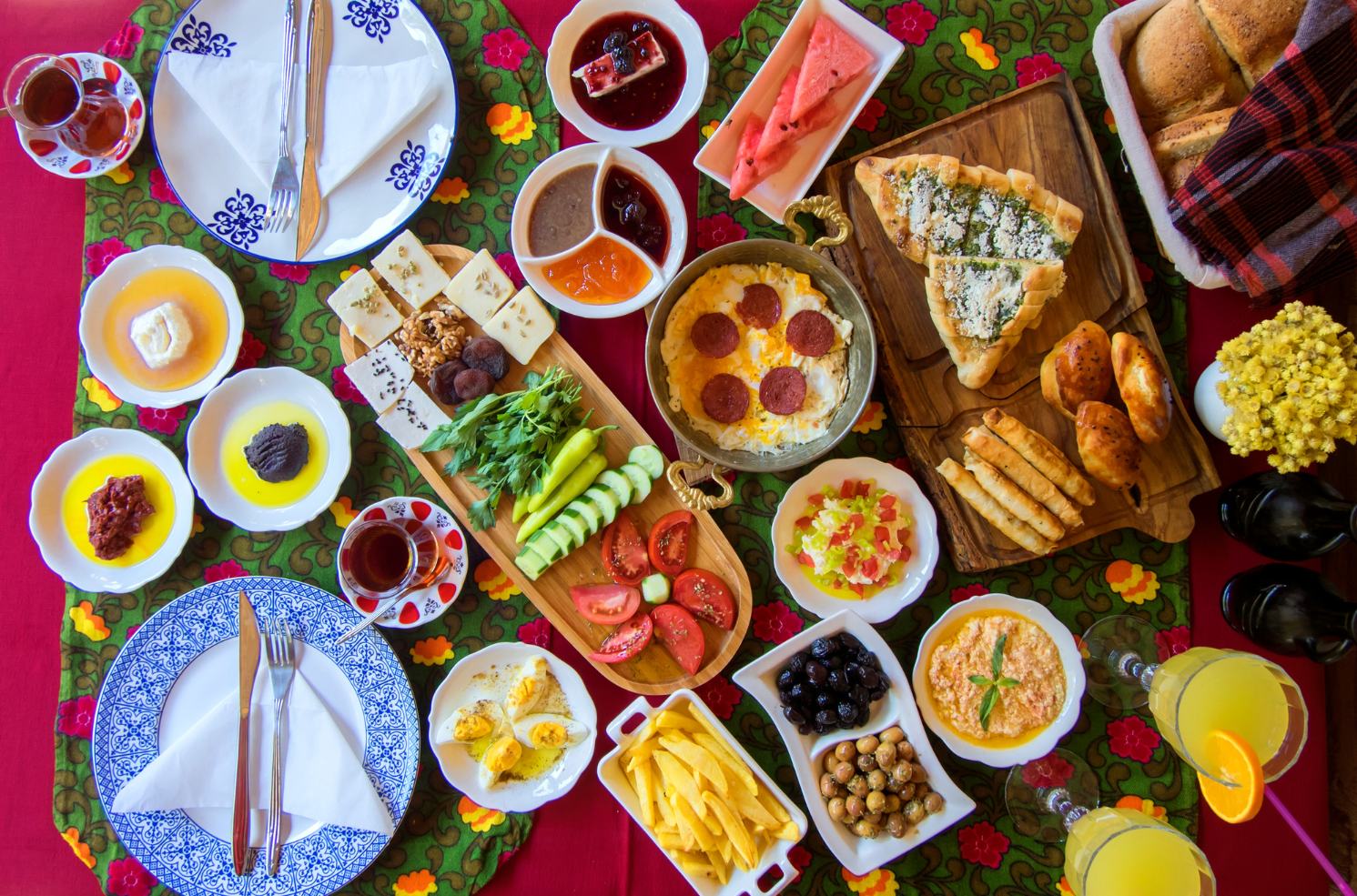
Serbia captivates with its grilled meats, ajvar, and hearty Serbian soups, showcasing the country’s rich culinary heritage. Bulgaria boasts flavorful banitsa, fresh salads, and succulent grilled meats infused with Balkan spices. Turkey tantalizes with aromatic kebabs, mezes, and Turkish delight, inviting travellers to explore Istanbul’s vibrant street food scene.
From hearty comfort foods to delicate pastries and aromatic spices, the journey from Vienna to Istanbul is a culinary adventure, offering a diverse and delightful array of flavours that captivate the senses and celebrate the richness of the region’s culinary heritage.
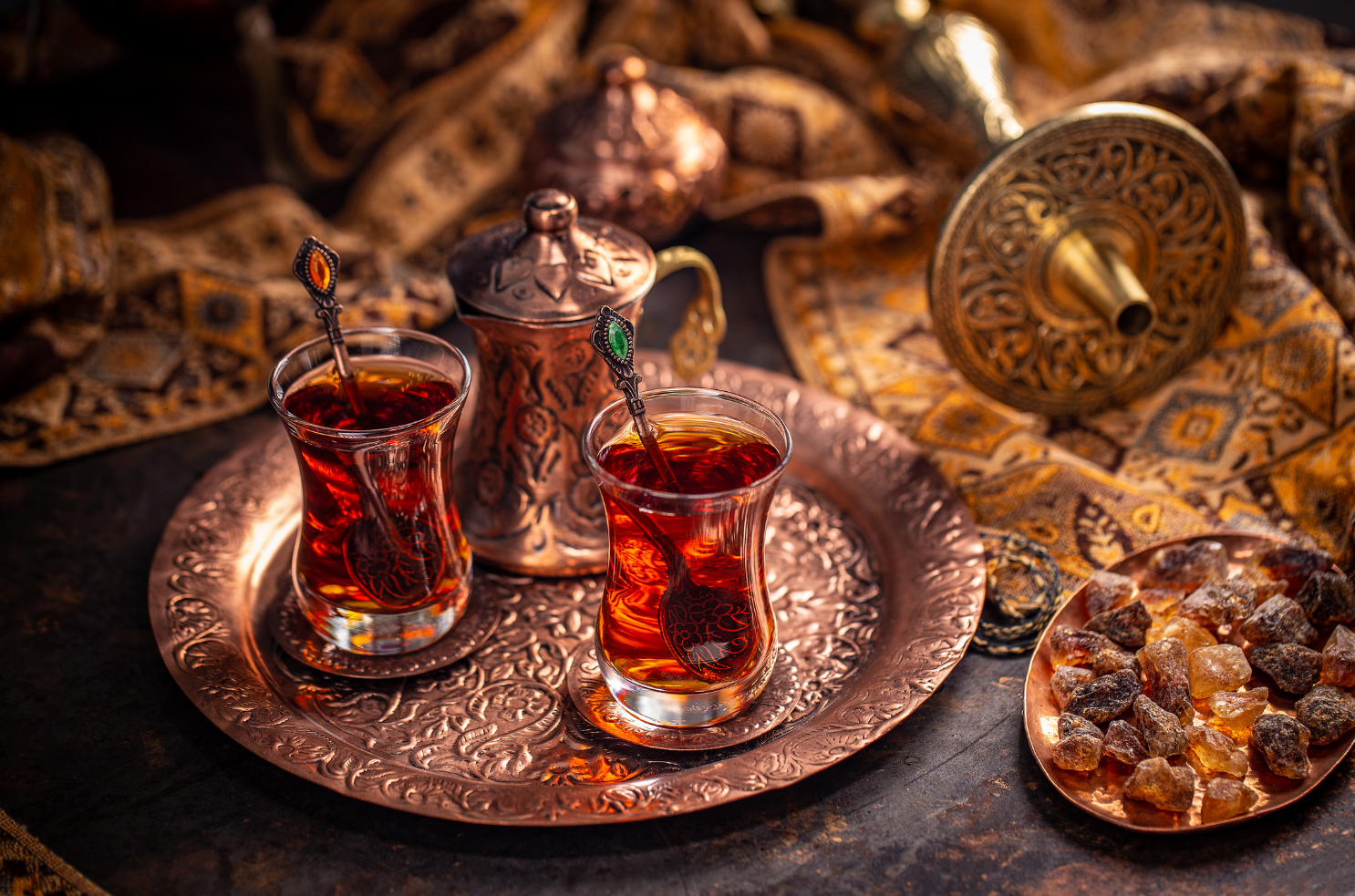
Sultans Trail Hotels – Vienna to Istanbul Cycling Tour
We put a great deal of consideration into finding unique accommodation with personality and warm hosts for an authentic experience. We also consider many other factors including close proximity to facilities that we know our guests appreciate. Whether you want to explore in a town or village, get a coffee or a glass of wine or just get your laundry done, we consider all of these factors for you where possible, especially for our rest days. Also, by keeping the group size small, we are able to stay in the smaller, family-run establishments that add to the authenticity of the travel experience we hope to provide. Some of our favourites from this tour are profiled below.
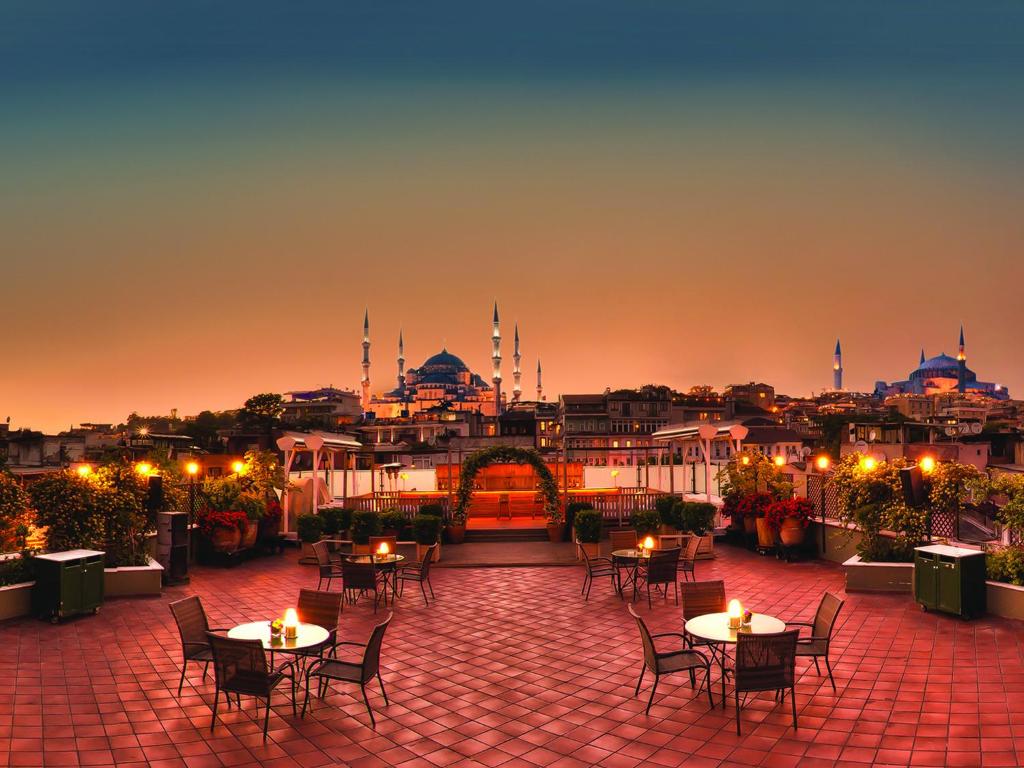
Armada Istanbul Old City Hotel is a charming blend of traditional Turkish architecture and modern comforts. Located near historic landmarks like Hagia Sophia and the Blue Mosque, it offers stunning views of the Bosphorus. Guests enjoy cozy rooms, rooftop dining, and a warm, authentic cultural experience.

Hotel Vision Budapest is a new boutique hotel on the Danube river, offering panoramic views of Elizabeth Bridge and Gellért Hill. The Art Nouveau exterior houses a modern interior which blends minimal and industrial elements while maintaining historic charm.

Mama Shelter Belgrade is a vibrant and modern hotel in a beautiful pedestrain area in the heart of the city. It offers comfortable rooms, a modern & vibrant atmosphere, and an inviting rooftop terrace.
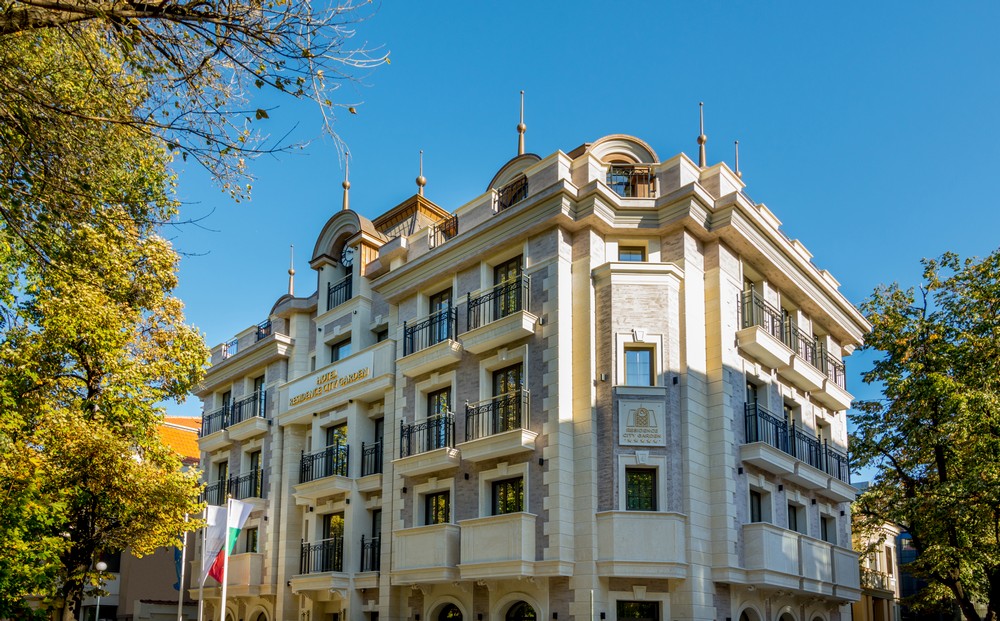
Residence City Garden in Plovdiv is a luxurious boutique hotel in the heart of the city. It offers elegantly designed rooms with a mix of modern comfort and classic charm. Overlooking the beautiful City Garden, it provides guests with easy access to cultural landmarks. The hotel features fine dining, personalized service, and a tranquil, refined atmosphere.
Sultans Trail Ride Data – Vienna to Istanbul Cycling Tour
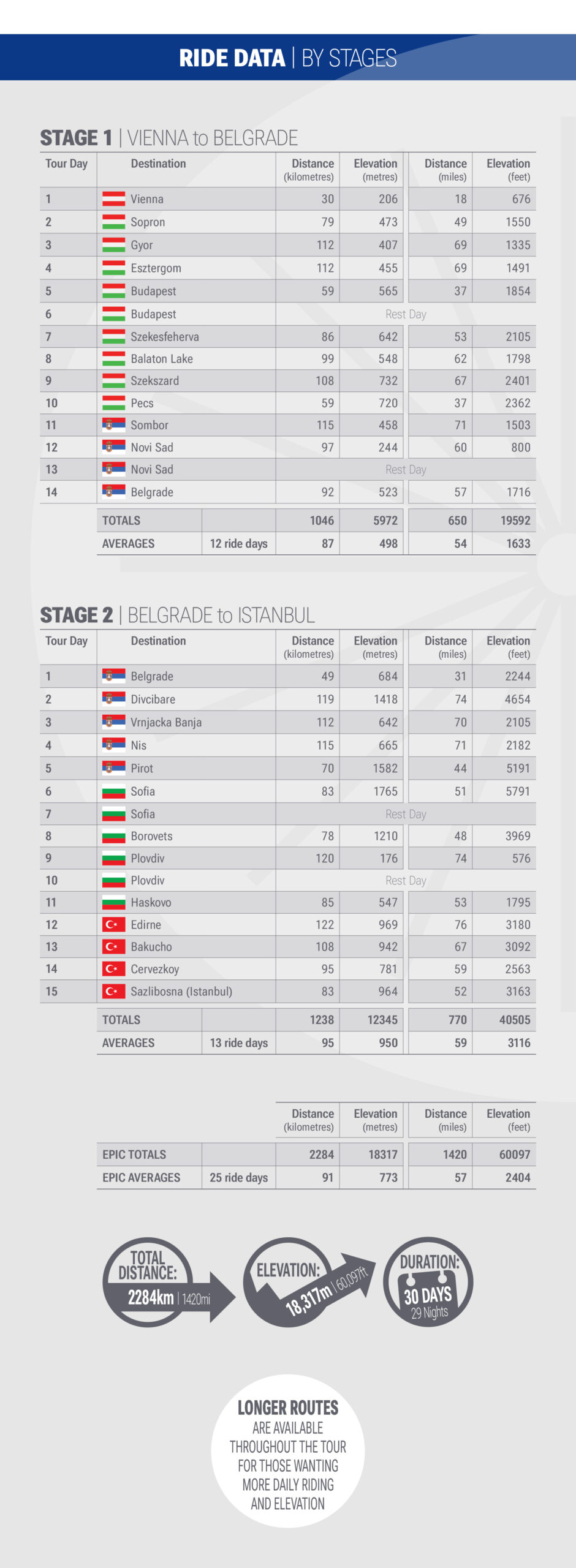
Sultans Trail Reading – Vienna to Istanbul Cycling Tour
Our reading lists are based on books we have read in creating the tours and recommendations from our guests. Those listed below have all helped us set the scene behind the tour and serve to enhance the travel experience by offering more historical context behind the journies we embark upon.
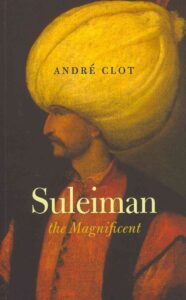
Suleiman the Magnificent by Andre Clot
Unveils the life and reign of one of the Ottoman Empire’s most celebrated sultans. Clot’s narrative delves into Suleiman’s remarkable leadership, military conquests, and enduring legacy, offering insights into the golden age of Ottoman rule and its impact on history.
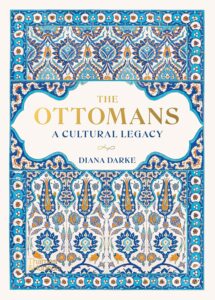
The Ottomans: A Cultural Legacy by Diana Darke
For a broader overview and a captivating exploration of the enduring cultural influence of the Ottoman Empire, this is a book we recommend. Delving into architecture, cuisine, art, and more, Darke illuminates the empire’s rich legacy, tracing its impact across centuries and continents, offering readers a nuanced understanding of Ottoman history and heritage.
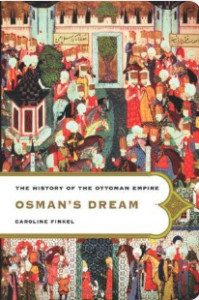
Osman’s Dream: The History of the Ottoman Empire by Caroline Finkel
The book offers a detailed account of the Ottoman Empire, from its thirteenth-century origins to its decline during World War I. It explores the empire’s vast expansion, its impact on Europe, and the mix of fear and fascination it generated. Caroline Finkel provides a balanced view of both its grandeur and eventual fall, emphasizing its historical significance.
Sultans Trail History – Vienna to Istanbul Cycling Tour

Sultan Suleiman I inherited the throne of the Ottoman Empire at the age of 26. He was the only son of Selim I, who conquered Mecca, Medina, Jerusalem and Alexandria.
Suleiman I, (1494 – 1566), was known as ‘The Magnificent’ during his reign, because of his conquests and renowned wisdom. He was also known as ‘The Lawgiver’, although this epithet may date from the early 18th century. Under his administration, from 1520 until his death in 1566, the Ottoman Empire ruled more than 25 million people across Southern Europe and North Africa.
Suleiman The Magnificent had great ideals when he ascended the throne as a young man. He wanted to realise the goals of his great grandfather, Sultan Mehmed II. The basis of these goals was to establish a state comparable with the Roman Empire.
Suleiman began his reign with campaigns against the Christian strongholds in the Mediterranean region and central Europe. In 1521 he conquered Belgrade, then the island of Rhodes in 1522–23. In August 1526, the Janissaries, (the elite infantry of the Ottoman Empire), won a decisive victory against the Hungarian army at the Battle of Mohacs. Thus, the army of Sultan Suleiman found themselves outside the gates of Vienna.
 Battle of Mohacs, 1526
Battle of Mohacs, 1526
Suleiman annexed much of the Middle East in his conflict with the Safavids, (a dynastic family that ruled over modern-day Iran) as well as large areas of North Africa, as far west as Algeria. Under his rule, the Ottoman fleet dominated the seas from the Mediterranean to the Red Sea and through the Persian Gulf.
The achievements of Suleiman the Magnificent had made him an important force in European politics. He followed the political and cultural developments in Europe closely. Thus, an alliance was formed with King Francis I of France against the Habsburg Monarchy. When Hungary fell, (the buffer state between Suleiman and Western Europe) the Ottoman Empire and the Holy Roman Empire became neighbours. This triggered a rivalry that would last for decades. Suleiman I and the Holy Roman emperor, Charles V, entered a struggle for supremacy in the Mediterranean.
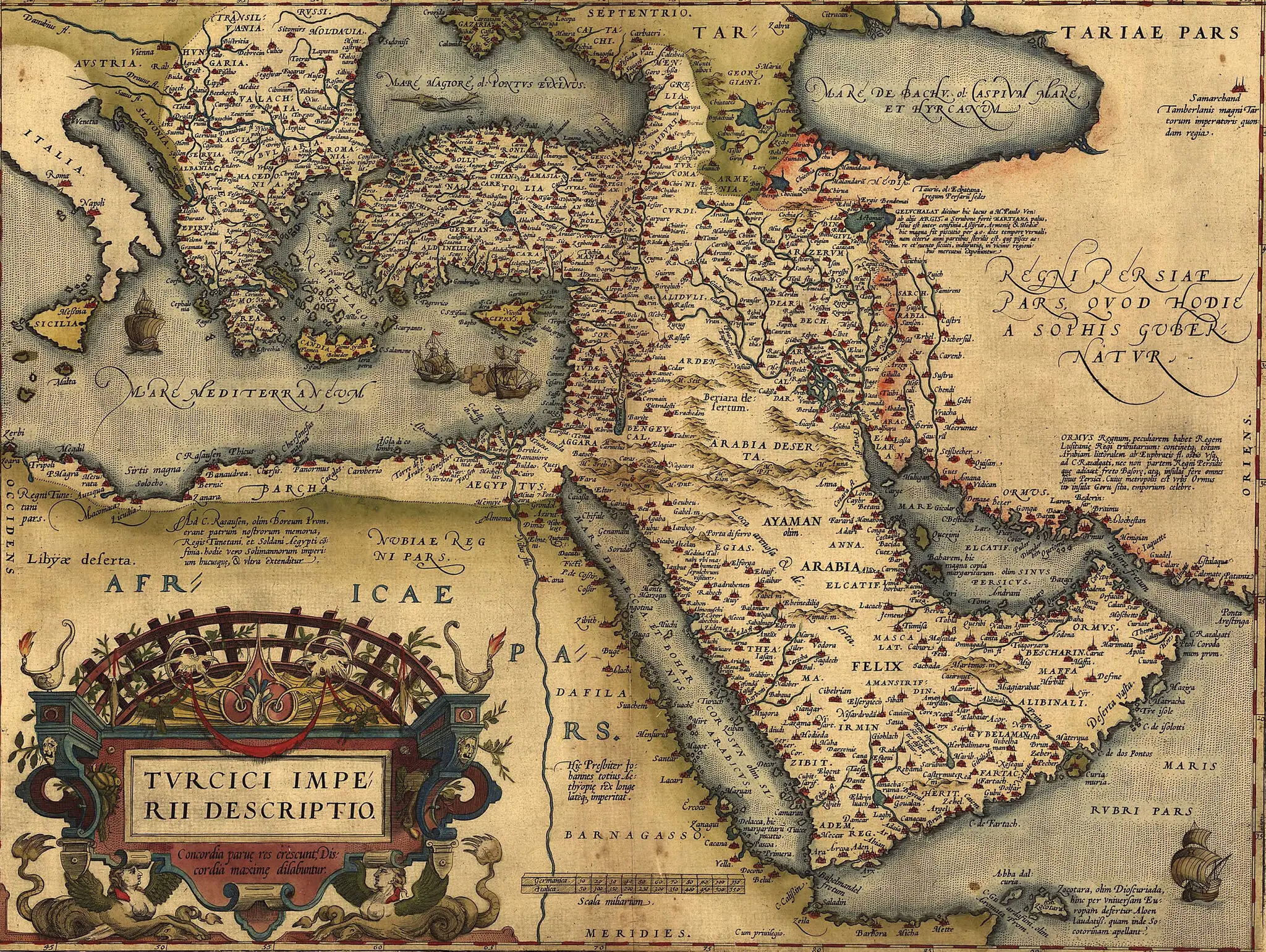 Map of the Ottoman Empire, 1570, Everett Collection Historical via Alamy
Map of the Ottoman Empire, 1570, Everett Collection Historical via Alamy
10 things you might not know about Sultan Suleiman I
1. Suleiman’s army was stopped at the gates of Vienna. In the autumn of 1530 his forces laid siege to the great city. This was to be the Ottoman Empire’s most ambitious expedition. With a reinforced garrison of 16,000 men, the Austrians inflicted the first defeat on Suleiman, sowing the seeds of a bitter Ottoman–Habsburg rivalry that lasted until the 20th century. His second attempt to conquer Vienna also failed, in 1532, as Ottoman forces were delayed by the siege of Güns and failed to reach the city. In both cases the Ottoman army was plagued by bad weather, forcing them to leave behind essential siege equipment. They were also restricted by overstretched supply lines. The Ottoman forces retreated from the outskirts of Vienna, but they would return again 150 years later.
2. As a young man, Suleiman befriended Pargali Ibrahim, a Greek slave, who later became one of his most trusted advisers. The two men had met at the Topkapi Palace, when Suleiman was still a prince. They studied together and were inseparable friends and also lovers. Ibrahim was promoted to the position of ‘Grand Vizier’, (the highest bureaucratic level of the state). He was known as ‘Pargali Ibrahim’ because he was born in the Greek town of Parga. Ibrahim had a Western mindset and had huge influence over the young Sultan. However, in later years, Ibrahim eventually fell from grace, following prolonged disagreements with the Sultan and his beloved wife, Hurrem Sultan. Suleiman recruited assassins and ordered them to strangle Ibrahim in his sleep.
3. Suleiman was infatuated with Hurrem Sultan, a harem girl from Ruthenia, then part of Poland. Western diplomats called her ‘Roxelana’, or ‘Russelazie’, referring to her Ruthenian origins. The daughter of an Orthodox priest, she was captured by Tatars from Crimea, sold as a slave in Constantinople, and eventually rose through the ranks of the Harem to become Suleiman’s favourite. Hurrem, a former concubine, became the legal wife of the Sultan, much to the astonishment of the observers in the palace. He also allowed Hurrem Sultan to remain with him at court for the rest of her life, breaking another tradition. Normally when imperial heirs came of age, they would be dismissed, along with the imperial concubine who bore them, to govern remote provinces of the Empire.
4. Suleiman was a poet. He wrote under the pen name, Muhibbi, and composed this poem for Hurrem Sultan:
Throne of my lonely niche, my wealth, my love, my moonlight.
My most sincere friend, my confidant, my very existence, my Sultan, my one and only love.
The most beautiful among the beautiful…
My springtime, my merry faced love, my daytime, my sweetheart, laughing leaf …
My plants, my sweet, my rose, the one only who does not distress me in this room …
My Istanbul, my karaman, the earth of my Anatolia
My Badakhshan, my Baghdad and Khorasan
My woman of the beautiful hair, my love of the slanted brow, my love of eyes full of misery
I’ll sing your praises always
I, lover of the tormented heart, Muhibbi with eyes full of tears, I am happy.
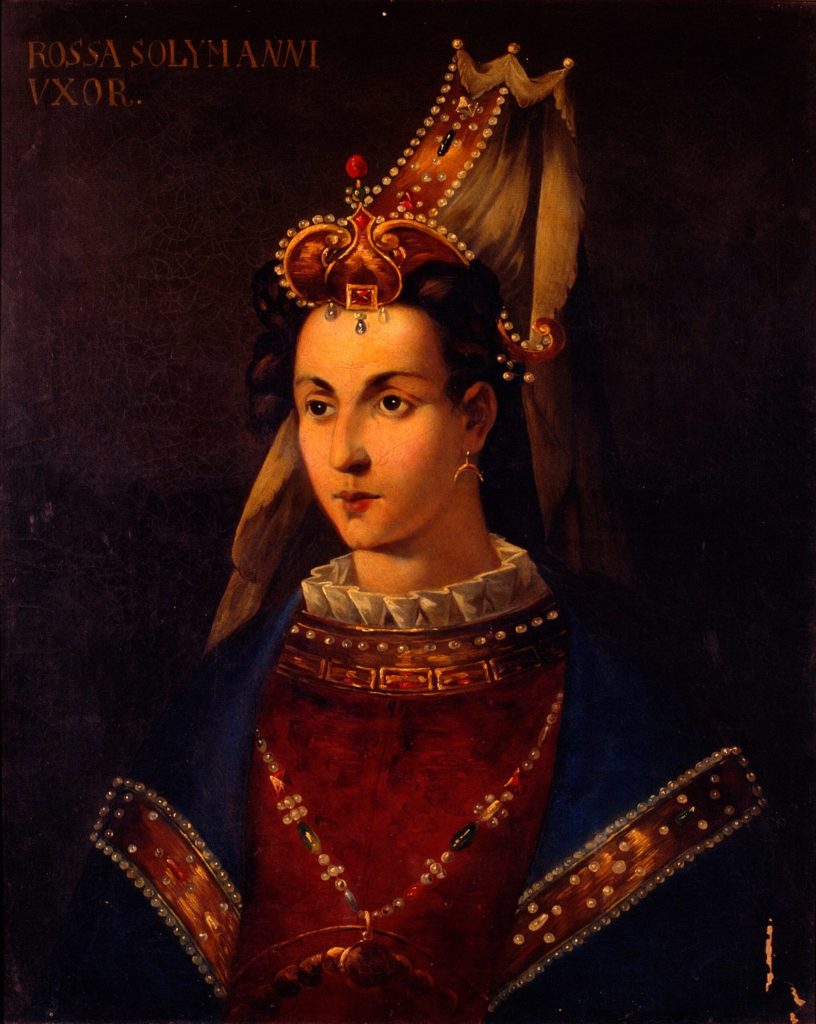 Portrait of Roxelana, titled Rossa Solymannı Vxor
Portrait of Roxelana, titled Rossa Solymannı Vxor
5. This is Suleiman’s most famous verse:
The people think of wealth and power as the greatest fate,
But in this world a spell of health is the best state.
What men call sovereignty is a worldly strife and constant war;
Worship of God is the highest throne, the happiest of all estates.
6. Wives and concubines: Suleiman had two known consorts, although, in total there were 17 women in his harem when he was a Şehzade, (a prince with imperial blood) Mahidevran Hatun, a Circassian, or Albanian concubine, was Suleiman’s first wife. Suleiman’s concubine and later legal wife, (married in 1533, or 1534) was Hurrem.
7. He had 8 sons and 5 daughters in total, although 4 of his progeny died during childhood.
8. White Tulips: Suleiman loved beautiful gardens. His horticulturists grew a white tulip in one of the gardens. Nobles in the court had seen the tulip and they also began growing their own tulips. Images of the white tulip were woven into rugs and fired into ceramics. Suleiman is credited with large-scale cultivation of the tulip and it is thought that the tulips spread throughout Europe because of Suleiman.
9. Death: On the 6th of September 1566, Suleiman, who had set out from Constantinople to command an expedition to Hungary, died, shortly before an Ottoman victory at the Siege of Szigetvár in Hungary. He was 71 years old.
10. Legacy: Sultan Suleiman and his close circle left a great legacy to Istanbul. Large mosques, baths and mausoleums were built. An architectural genius named Mimar Sinan became the palace architect in the 16th century. He added a new dimension to Ottoman architecture. Architectural development in this period continued after Suleiman’s death. Mimar Sinan also served during the reign of Suleiman’s son, Selim II and his grandson Murad III. Sinan built the Selimiye Mosque in Edirne, (formerly Adrianople) at the peak of his creative powers.
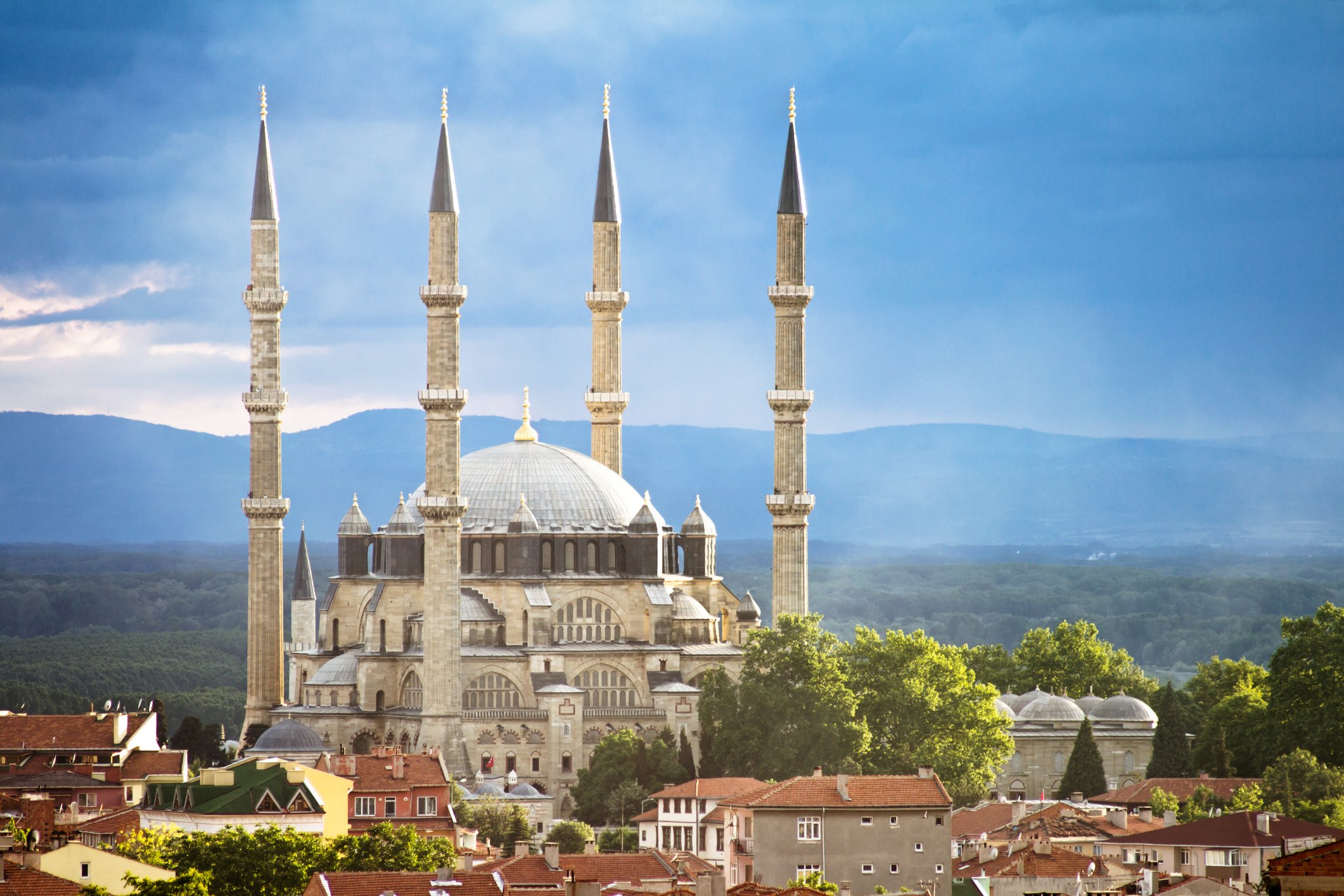

An epic 10 days, 800+km with 10,000+m of ascent bike tour around Shikoku, Japan. We rode the back roads along the river, lakes and up high mountain passes and dropped down to the valleys filled with rice paddies. I got to see scenery that is not accessible by cars. Ate the food that was prepared with the local ingredients. Quite an experience and I highly recommend it to all riders.
Philip A, Sultan’s Trail Tour 2025
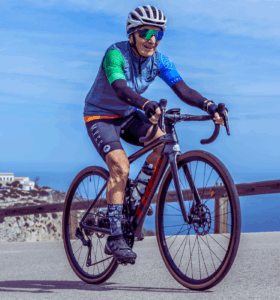
The Sultan’s Trail was a truly exceptional experience. Taking you from the wonderful city of Vienna to the equally wonderful but different city of Istanbul you travel through seven countries. Each one was influenced and transformed by incursions from the Ottomans from the early 15th century onwards and particularly the reign of Suleiman the Magnificent in the mid 16th century. Most also had Roman and Byzantine influences. In the modern period, particularly since the communist era, through to the wars fought in the 1990s many borders changed dramatically as Yugoslavia separated into different countries. This really is an epic history tour.
And of course it’s a wonderful cycling tour with the daily changes of landscape, terrain, hotels, food and weather and things to see and do in each location. Great planning was clearly evident. Top marks Ride and Seek!
Cathy V, Sultan’s Trail Tour 2025

I had high expectations going into the Sultan’s Trail Tour. They were exceeded in every way. The guides, the route, the accommodations and the food were all top notch.
Paul C, Sultan’s Trail Tour 2025
Sultans Trail
Embark on the epic journey from Vienna to Istanbul along the Sultan's Trail, spanning seven countries.
Book Now Schedule a CallTour at a Glance
The Epic – Vienna to Istanbul Dates: TBC
Countries: Austria, Hungary, Croatia, Serbia, Bulgaria, Turkey
Number of days: 31 days
Number of stages: 2
Price: TBC
Grading: ![]()
Stage 1 – Vienna to Belgrade Dates: TBC
Number of days: 16 days
Price: TBC
Grading: ![]()
Stage 2 – Belgrade to Istanbul Dates: TBC
Number of days: 16 days
Price: TBC
Grading: ![]()
.


